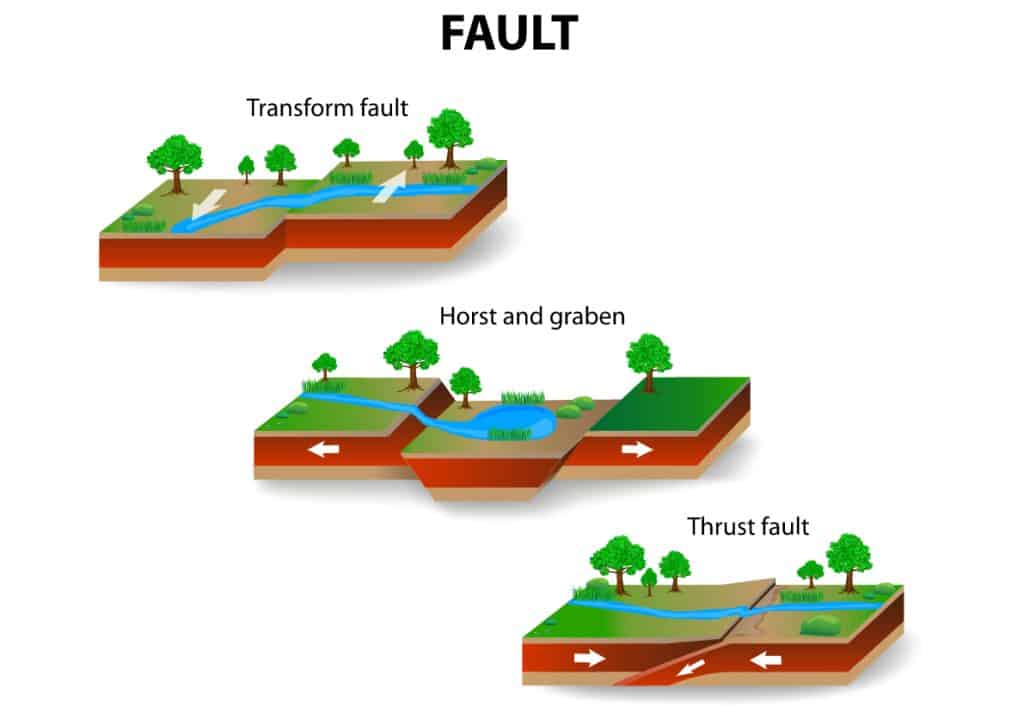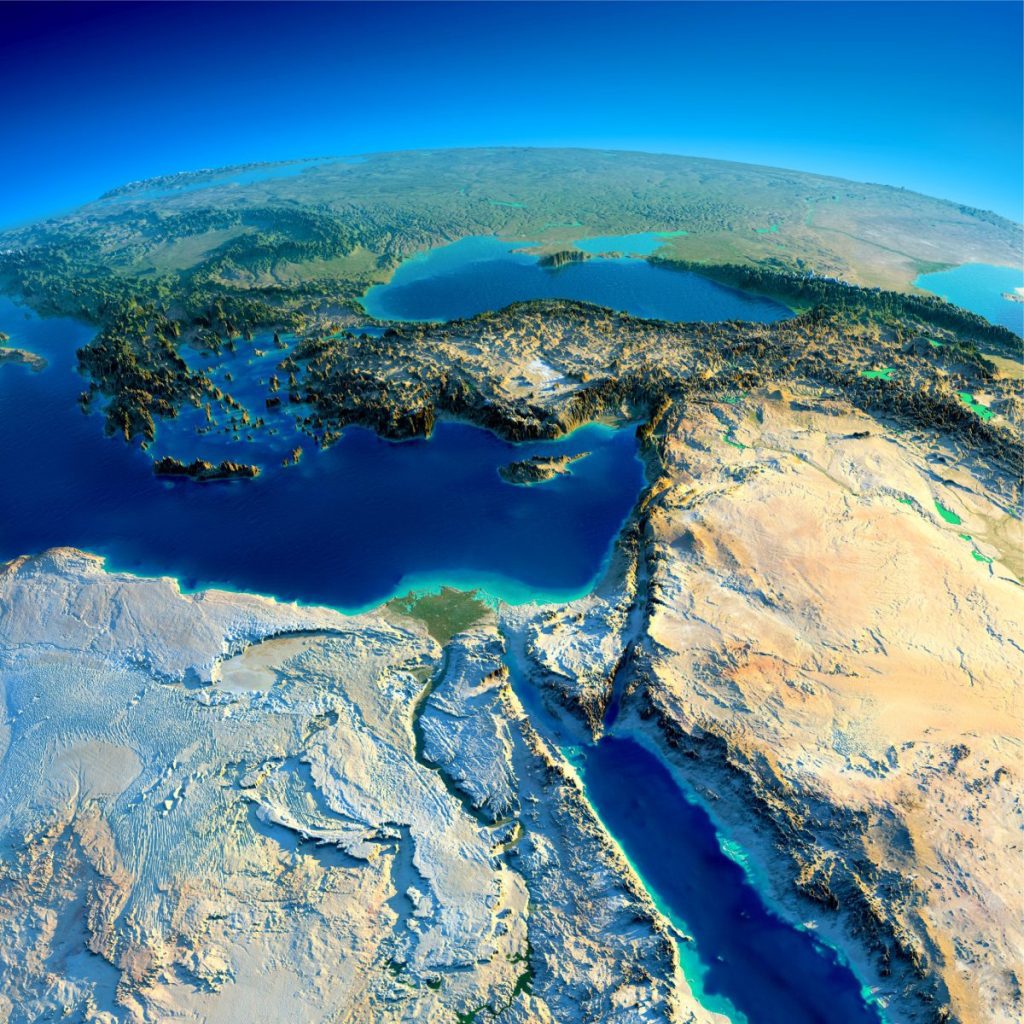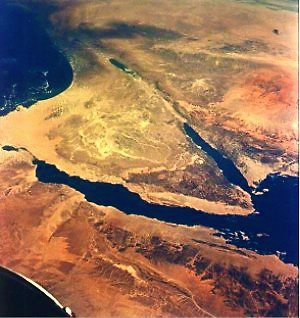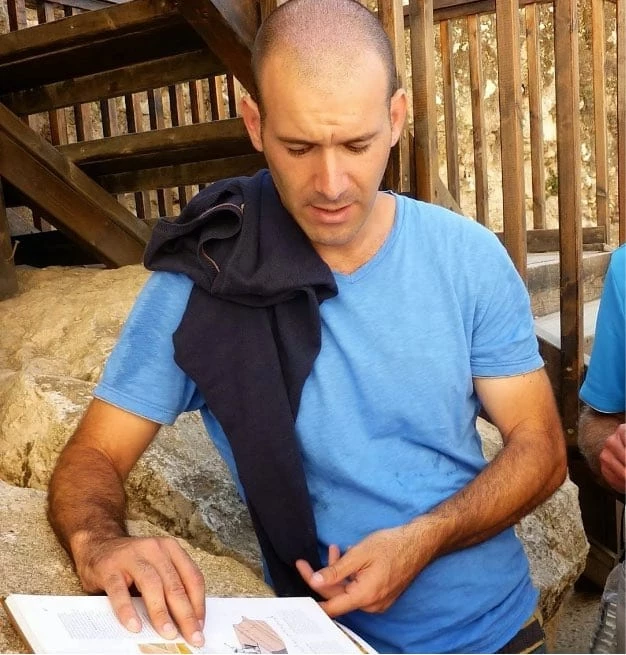Plate tectonics theory in Israel played a role in shaping the geological features and dynamics of Israel. However, it might not be as prominent as in other regions with more active tectonic activity. So here’s how plate tectonics apply to Israel! So beneath our feet lies a dynamic and mesmerizing phenomenon! Furthermore, it has shaped the face of our planet for millions of years! Plate tectonics. So imagine a giant jigsaw puzzle where colossal puzzle pieces constantly shift and interact, giving rise to the landscapes we know today. Let’s dive into the captivating world of plate tectonics!
What's a Horst?

The Puzzle Pieces: What Are Tectonic Plates?
The Earth’s outer shell lithosphere is divided into several massive plates, much like a cracked eggshell. These tectonic plates float atop the semi-fluid asthenosphere beneath them. The plates are not fixed; they move, and their interactions are responsible for various geological phenomena.
The Dance of the Plates: Plate Boundaries The edges of tectonic plates are where the real action happens. There are three main types of plate boundaries:
Divergent Boundaries: Plates move away from each other, creating new crust as magma rises from the mantle to fill the gap. The Mid-Atlantic Ridge is a prime example of this phenomenon.
Convergent Boundaries: Plates collide, and subduction usually forces one plate beneath the other. This can lead to earthquakes, volcanic activity, and even the formation of mountain ranges.

Plate Tectonics Theory In Israel – Transform Boundaries:
Plates slide past each other horizontally, often leading to intense seismic activity along fault lines. The San Andreas Fault in California is a well-known example.
The Forces Behind the Motion: Mantle Convection The movement of tectonic plates is ultimately driven by the Earth’s internal heat. Heat-driven convection currents in the semi-fluid mantle create a dynamic system that propels the plates in various directions.
The Masterpiece: Earth’s Features The interactions at plate boundaries result in some of Earth’s most awe-inspiring features. From the towering Himalayas, formed by the collision of the Indian and Eurasian plates, to the vast Pacific Ring of Fire, known for its frequent volcanic and seismic activity, the planet’s landscapes are a testament to the power of plate tectonics.
Impacts on Life and Climate: Plate tectonics don’t just shape the land; they also influence the climate and evolution of life. The movement of continents can alter ocean currents, affect temperature patterns, and even influence species distribution across the globe.
Plate Tectonics Theory In Israel- Dead Sea Rift:
Israel’s most significant tectonic feature is the Dead Sea Rift, part of the larger East African Rift System. This rift is a divergent boundary where the African and Arabian plates slowly move away from each other. The rifting process has led to forming the Jordan Valley, the Dead Sea, and the surrounding landscape. The Dead Sea Rift is responsible for the seismic activity in the region, including occasional earthquakes.

Transform Boundaries:
The boundary between the African and Arabian Plate that runs through the region also forms a transform boundary. This boundary is related to the movement of the Red Sea Rift, where the Arabian Plate is moving away from the African Plate. The movement along this boundary can lead to minor seismic activity.
Seismic Activity:
While not as active as some other tectonic regions, Israel does experience occasional earthquakes due to its location near the boundary between the African and Arabian Plates. These earthquakes are often related to the movement of faults along the Dead Sea Rift and its associated transform boundaries.
Plate Tectonics Theory In Israel – Geological History:
Furthermore, over millions of years, the interaction between the African and Arabian Plates has led to the uplift and folding of rock layers, contributing to the formation of mountain ranges and valleys in the region.
Mediterranean Ridge:
Last, the tectonic interaction between the African Plate and the Eurasian Plate, although not directly affecting Israel, plays a role in the broader Mediterranean region’s geological dynamics, including forming the Mediterranean Ridge.
So, it’s important to note that while Israel is influenced by plate tectonics, the tectonic activity in the region is generally less intense than in areas along the Pacific Ring of Fire or other prominent tectonic boundaries. Nonetheless, the effects of plate movements have left their mark on the geology and landscape of Israel over geological time scales.







